This site uses cookies to help personalise content and for particular features to work. We require your consent to access, process and collect cookies, personal information and information on your browsing behaviour on this device. These cookies are used to collect information about how you interact with our website and allow us to recognise you and optimise your browsing experience on this Site.
By clicking OK you agree to this as outlined in our
privacy policy. To change preferences or withdraw consent, please update your Cookie Preferences.
